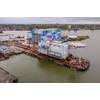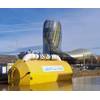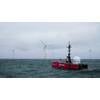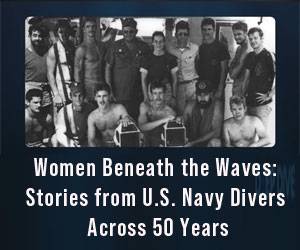Shell Tests Off-Site Rig in Office Backyard
The only off-site rig of its kind for testing new oil and gas drilling techniques lies sandwiched between office blocks in a peaceful Dutch suburb, says Shell.
Drilling is vital to unlocking energy supplies to meet the world’s growing needs. Engineers rely on advanced equipment to bore wells deep into the ground or seabed to access the oil and gas resources that lie there. As many remaining resources are trapped tightly in rock pores or located thousands of metres beneath the seafloor, new techniques are needed. These must be both safe and cost-effective.
New techniques
A team of Shell engineers is continuously trialling new drilling technologies. Usually these would be tested in the field. But this has the disadvantage of stopping usual operations and incurring costs. To avoid wasting time in the field, Shell engineers work on a unique rig – the only full-scale one of its kind for testing. It stands among the low-rise office buildings, workshops and laboratories of the Shell headquarters for technology and research at Rijswijk, the Netherlands.
“It may seem like an unusual place to locate a full-scale drilling rig,” says Cor Taal, who has worked at the rig since its installation in 2008. “But this is the heart of Shell research and development operations.”
Power and precision
One week Cor and his team might be test-running software that will monitor and control an unmanned drilling rig. Another week they could be testing expandable steel pipes.
“We measure everything in the tests with the utmost precision,” says Cor. “The entire rig is full of sensors that enable us to analyse what is happening at any moment in any part of the rig or drilling hole.”
The test rig has the same capabilities as a rig in the field. It is 26 metres (85 feet) tall and has a vertical drilling hole that is 360 metres (1,180 feet) deep. And it can pull and push drilling heads, casings and equipment in the well with tremendous force and millimetre accuracy.
It is also surprisingly unobtrusive and designed to operate without disturbing the 1,800 people who work at the surrounding facilities, says Shell.














 August 2025
August 2025



